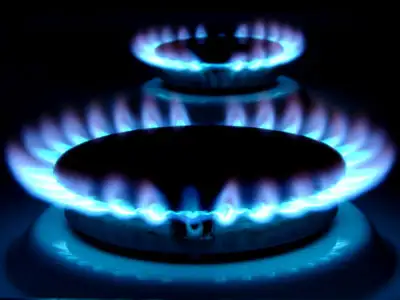Alternative Energy Sources – Clean Electric Power Options

Alternative energy sources encompass solar PV, wind, hydroelectric, and geothermal generation, leveraging power electronics, inverters, HVDC, storage, and smart grid integration to deliver efficient, low-carbon electricity and resilient microgrids and stable operation.
What Are Alternative Energy Sources?
Technologies that convert renewables to electricity using power electronics, storage, and advanced grid control.
✅ Includes solar PV, wind turbines, hydroelectric, and geothermal
✅ Uses inverters, MPPT, converters, HVDC, and protection relays
✅ Integrates storage, microgrids, smart grid controls, and V2G
Are there other alternative energy sources besides renewables? There are other alternative energy sources that are used instead of conventional energy sources, such as oil and coal, that produce (or hardly produce) greenhouse gas emissions (GHG) that are harmful for the environment. For a broader definition of the term, see this overview at what is alternative energy to understand key concepts.
Alternative Energy Sources – Nuclear Energy
Nuclear energy is one of the few alternative energy sources that can generate a lot of electricity from very little fuel, which makes it a very abundant energy source. Nuclear energy is generated when atoms are either split (fission) or merged (fusion) to create energy from the reaction. It’s a clean energy because, unlike coal or oil, nuclear energy doesn’t introduce harmful gases, such as carbon dioxide, into the environment. However, nuclear energy becomes harmful during the production stage. The leftover waste is highly radioactive (unstable continuously decaying elements with high-energy particles or rays that penetrate and damage anything that it touches), which makes it hard to contain. Nuclear waste has to be stored in a secure location until alternative containing options are determined. Nuclear energy is used to generate electricity, launch space ships, and to power weapons. Comparative context across non-fossil options is outlined in forms of alternative energy for additional perspective.
For contrast with resources that naturally replenish, explore renewable energy sources to see how they differ in fuel cycles and emissions profiles.
Alternative Energy Sources – Natural Gas
Natural gas is considered a nonrenewable fossil fuel, but it’s considered clean because it doesn’t produce the greenhouse gas, carbon dioxide. Natural gas’s main ingredient is methane, with all other core elements filtered through an extensive filtering process. Advantages of natural gas include its global abundance, low cost and ease of use (natural gas plants can come online very quickly). However, isolating methane is quite a complex process, which makes it a disadvantage. And, even though natural gas doesn’t introduce carbons into the air, it still produces greenhouse gases. Natural gas can also be used to make electricity. Energy industry experts believe that natural gas will have a bigger role in electricity production as future demand for electricity increases. Within the broader mix of alternative energy fuels, natural gas is often positioned as a transitional option.
Grid planners evaluate flexible generation, storage, and demand-side measures among various alternative energy solutions to integrate resources efficiently.
Alternative Energy Sources – Hydrogen Fuel
Hydrogen hasn’t become a money-making venture, unlike other alternative energy sources, because the energy return on hydrogen isn’t very high. In other words, more energy is needed during the manufacturing process than the amount of hydrogen that is actually produced. At this point, hydrogen has proven to be an environment-friendly fuel source for vehicles. Hydrogen fuel is used mostly in batteries, by combining oxygen and hydrogen to produce power. The only waste factor is water vapor, which is a lot friendlier than the greenhouse gas, carbon dioxide. Ultimately, advancements in technology are required in hydrogen production in order for this form of alternative energy to become profitable. Renewable electricity from sources such as solar power can drive electrolysis to lower hydrogen's lifecycle emissions.
For a strategic view of how renewables complement low-carbon options, review renewable alternative energy to understand deployment pathways and tradeoffs.











